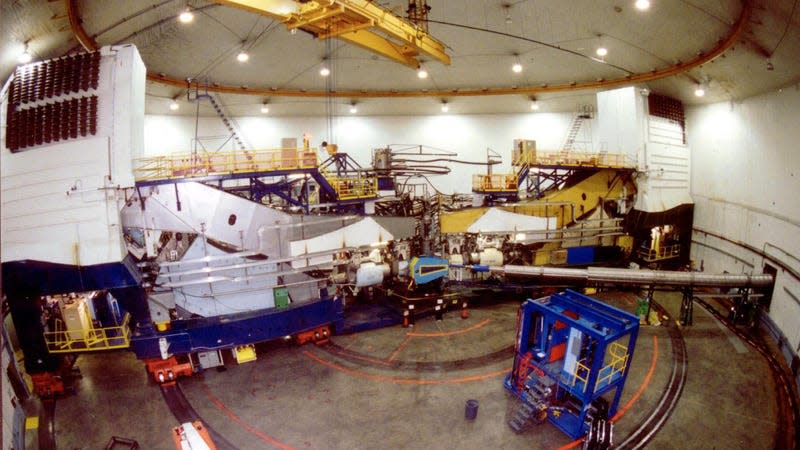Physicists Just Learned Something Major About the Proton

Physics at the smallest scales is a challenge of observation: Particles are often fleeting, and the forces that govern their behavior are nearly imperceptible. But now, by exploiting decades-old data and a 50-year-old prediction about gravity’s import on subatomic particles, a team of physicists has teased out a measurement for a second mechanical property in the proton.
Let’s slow down for a moment. A proton is a particle that, along with neutrons and electrons, makes up an atom. Protons themselves are made of even tinier particles called quarks. These quarks glom together thanks to the strong force, one of the four fundamental forces. (The other three are gravity, the weak force, and electromagnetism.) The recent team successfully measured the strong force’s distribution within the proton, revealing the shear stress on the proton’s quarks.
Read more
Florida Drivers Discover Hard Truth About EVs: They Eat Tires
Pain don’t hurt, but Jake Gyllenhaal’s Road House remake trailer might
This ‘Low’ Mileage Honda CR-V Listing Shows We’re Reaching Peak Bring A Trailer
The data collection was something of an accident. The team was trying to do three-dimensional imaging of the scattering, but in doing so, they collected data that revealed how the strong force exerted itself on the proton’s insides.
“In my view, this is just the beginning of something much bigger to come,” said study co-author Latifa Elouadhriri, a staff scientist at Jefferson Lab, in the same release. “It has already changed the way we think about the structure of the proton.”
The scattering method can clue researchers in to proton properties that are “encoded in gravitational form factors,” as described by the 2023 Long Range Plan of Nuclear Science. In other words, DVCS could be an avenue for the discovery of new physics. Next, the team plans to take new measurements of the size of the proton.
More: 10 Years After the Higgs Boson, What’s the Next Big Thing for Physics?
More from Gizmodo
Sign up for Gizmodo's Newsletter. For the latest news, Facebook, Twitter and Instagram.

